A simple trip to the eye doctor turned into a vision-saving experience for Myron “Mike” Mast.
He stopped by his ophthalmologist’s office to have his glasses straightened. And while he was there, he asked if the doctor could take a look at his left eye.
Although Mike had not been injured, his eye “looked like I had been slugged,” he said. “It looked a little red in different parts of the eye. I was a little bruised around the eye.”
His question led to tests and, eventually, brain surgery at Spectrum Health Butterworth Hospital.
“If the problem persisted much longer, it was very likely he would have had irreparable damage,” Spectrum Health neurosurgeon Justin Singer, MD, said. “We are certainly happy we were able to help him.”
Pressure builds
Mike, an 80-year-old retired Grand Valley State University professor, did not worry much when he first noticed swelling and irritation in his left eye in November 2020. He felt no pain. And at first, the swelling didn’t affect his vision.
But he is glad he brought it to the attention of his ophthalmologist, Joseph Morehouse, DO, during his visit to Grand Rapids Ophthalmology in November 2020.
The irritation in his eye seemed unusual, Dr. Morehouse said. Mike also had a concerning history of falls.
Six months earlier, he had fallen on his front steps at home. And in 2017, he fell from the roof of a house while painting it—causing injuries that required hospitalization and inpatient rehab.
Dr. Morehouse ordered a CT scan to examine Mike’s eye.
The scan revealed that an ophthalmic vein, one that drains blood from the eye, had become dilated.
Dr. Morehouse ordered a CT angiography to examine the blood vessels.
The scan revealed an abnormal connection between the vein and an artery, which caused a buildup of pressure behind his eye.
When he saw Mike just a week after the initial visit, Dr. Morehouse could see his condition had grown worse.
Mike’s eye had become more red and it now protruded from the socket. He also had double vision.
Dr. Morehouse referred Mike to Spectrum Health neurosurgery specialists.
A difficult spot to reach
“His problem was called a carotid cavernous fistula,” Dr. Singer said. “It can cause pressure in the eye to elevate abnormally and can result in blindness and permanent eye damage.”
The condition can be caused by trauma, such as a fall, although it usually occurs close to the time of the injury. It can also be present from birth.
“The problem can be tricky to treat,” Dr. Singer said.
To repair it, interventional neurosurgeons insert a catheter in a vein, usually in the leg or wrist, and follow the vein to the fistula behind the eye.
But often, the vein is difficult to navigate—and that was the case for Mike.
Instead, Dr. Singer took a more unusual approach—going through Mike’s eye to reach the vein.
Using a special X-ray, he placed a needle under the bony ridge of his eyebrow to reach the sinus cavity.
He threaded a catheter into the vein—a tube that measures less than a half-centimeter wide. And through that catheter, he placed coils that blocked the blood flow from the artery into the sinus area.
Immediately after the procedure, the pressure started to drop in Mike’s sinus cavity.
“I probably take care of a few of these cases a year,” Dr. Singer said. “In the last five years, this is only the second time I have had to approach through somebody’s eyeball.”
‘I was really relieved’
Mike recovered from the surgery, the swelling in his eye disappeared and his normal vision returned.
He appreciates having both eyes in working condition—for reading, watching television and the many Zoom calls with his sons and grandchildren.
“I was really relieved when everything turned out OK,” he said.
As a social scientist, he appreciates the research behind innovative treatments, like the surgery Dr. Singer performed.
He’s hoping the experience gained in his surgery will help other patients.
“It is interesting to see how the medical profession carries on finding novel ways of doing things,” he said.
‘The window into the body’
For Mike’s doctors, his recovery shows the importance of taking care of your eyes.
“People typically trivialize changes in vision,” Dr. Singer said. “But they can be significant indicators of changes in your health. It’s smart to see an eye doctor regularly.”
The eyes “are the window into the body essentially,” Dr. Morehouse said. “We can look at a lot of different systemic diseases. We oftentimes save people’s lives based on that.”
An eye exam can reveal a number of conditions, including diabetes, high blood pressure, glaucoma, macular degeneration and cataracts.
“There is a normal aging process of the eye that goes along with the body,” he said. “Even if you’re feeling great, it’s good to have established care (with an eye specialist). When things do go awry, you can get it treated appropriately and with a better response time.”
He praised Mike for taking a proactive approach to his vision—and seeking help when a problem arose.
“He had a severe disease,” Dr. Morehouse said. “We intervened quickly. It was treated quickly and managed appropriately. And now he is doing great.
“That’s a good story.”
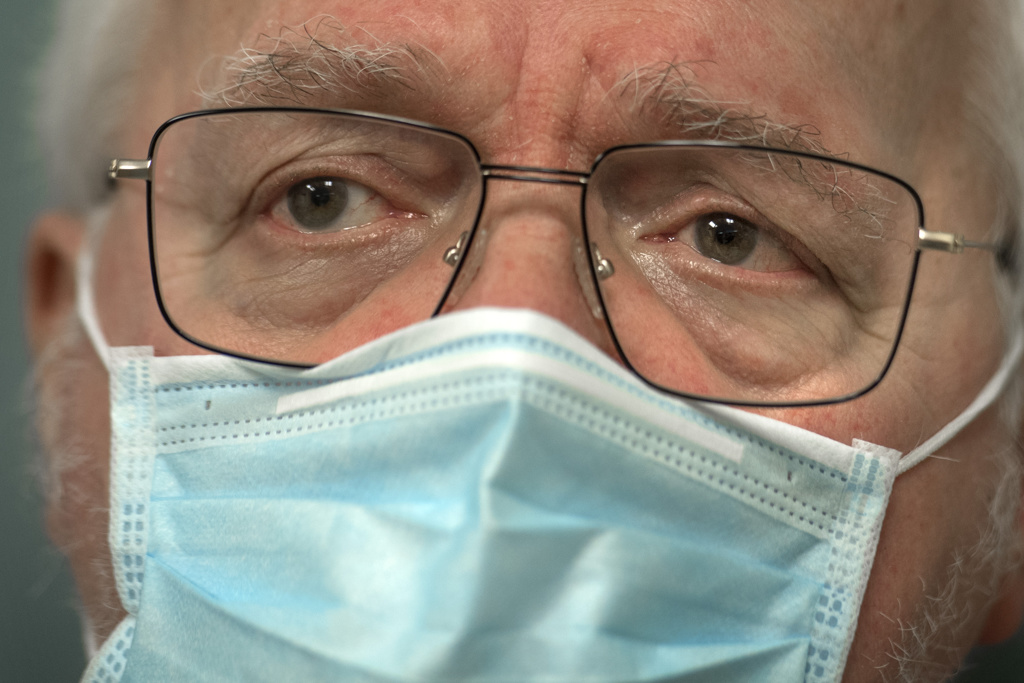
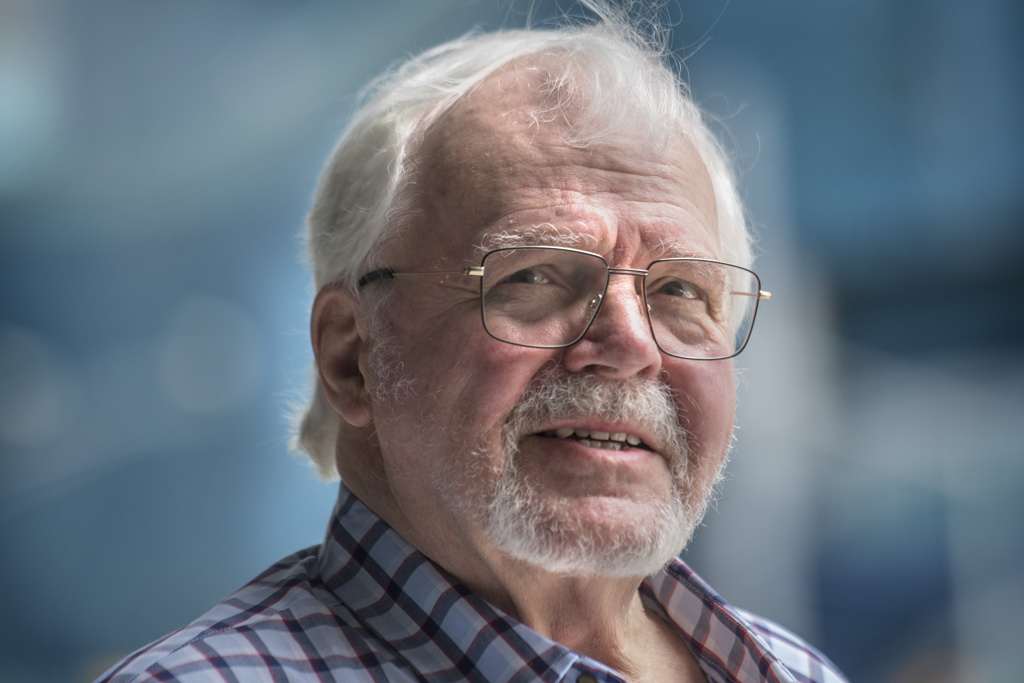
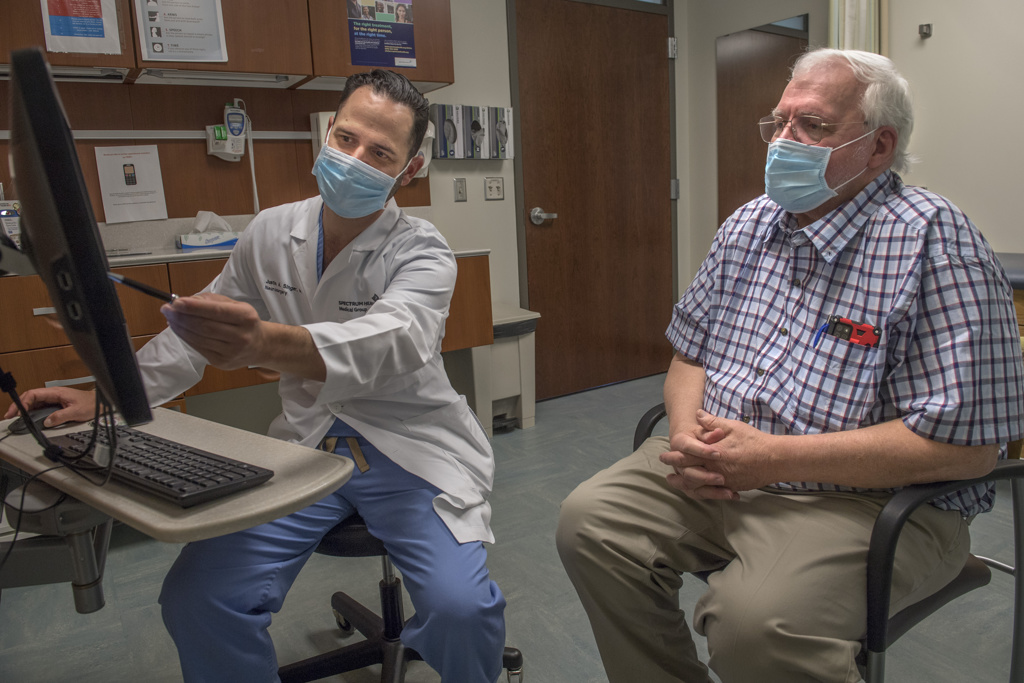
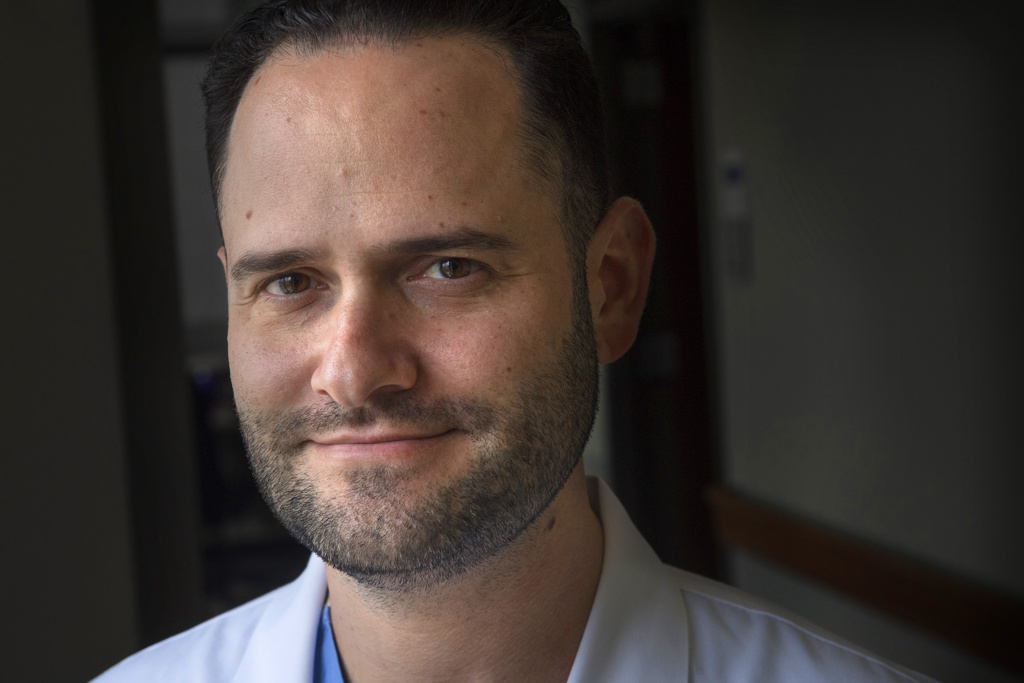
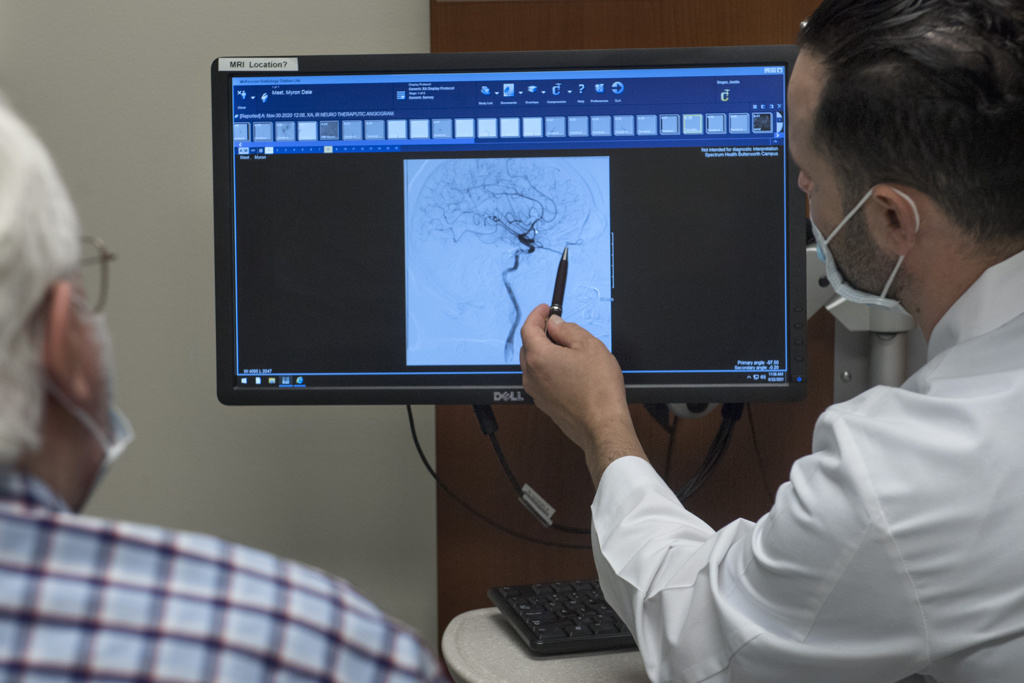
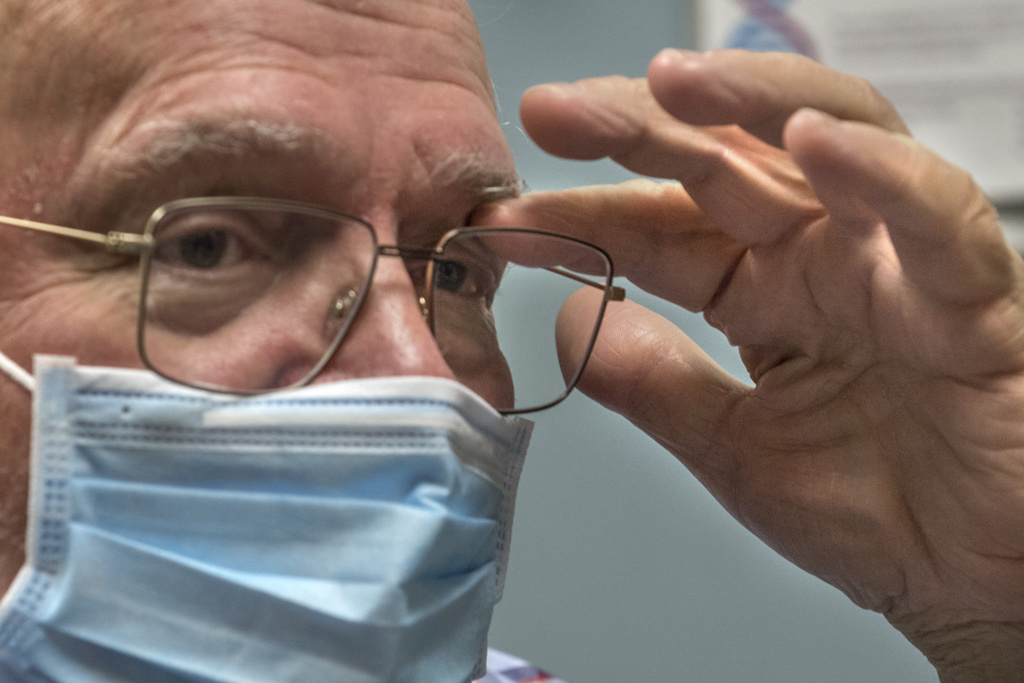

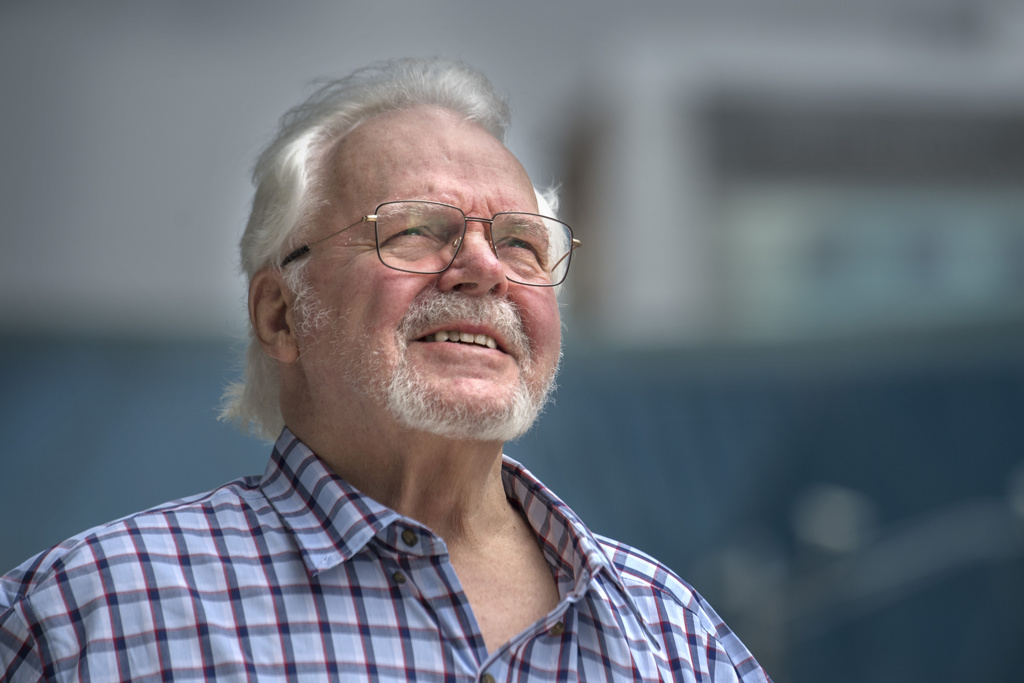


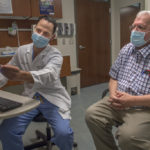
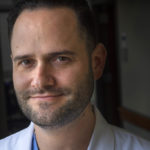
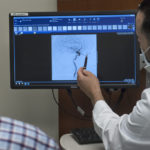
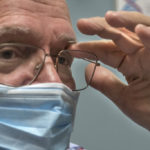
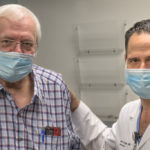

 /a>
/a>
 /a>
/a>
 /a>
/a>